Why quarantine is important to put brakes on COVID-19 outbreak?

There are public health tools that could slow down the spread of the coronavirus disease 2019 (COVID-19) outbreak, like washing hands with soap, not touching the face, staying away from patients etc. There are several other broad public health strategies used to put the brakes on a viral outbreak. The most important and sometimes confusing ones are isolation of sick patients and tracing their contacts, quarantine, and social distancing.
Isolation is separating those with confirmed infections from other people so that they can get better without infecting anyone else. Quarantine is restricting the movement of or isolating people who may have been exposed to the infection but not sick yet. Social distancing refers to an approach meant to restrict people from gathering in large crowds to slow the spread of an infection. All of these methods can be used to prevent an outbreak, to varying degrees of effectiveness, and result in varying degrees of hardship for individuals.
If you can identify everyone who is infected and safely isolate them from others while they are in treatment, the outbreak can be stopped. Isolation of the sick may help slow the spread of the current COVID-19 outbreak. People with COVID-19 may be spreading the virus before they even have symptoms.
A key to making isolation work is to pair it with contact tracing. While sick patients are in isolation, public health workers can figure out all the people those patients were in contact with. This way they can find a patient's source of the disease and potentially isolate them as well as identify people who are at risk of contracting the disease and place them under isolation or quarantine.
In quarantine, people who may have been exposed to an infection are asked to remain at home or in another place isolated from other people. Quarantines can target just individuals who have travelled to affected countries, or could end up involving large groups of people. Governments have the power to order mass quarantines who may have been exposed in order to prevent them from spreading the illness before they start experiencing symptoms.
Social distancing, isolation and quarantine depend on public health officials' ability to detect cases or possible exposure to infection. Unlike quarantine and isolation, social distancing orders typically apply to whole communities and not specific individuals. These measures include postponing or cancelling mass gatherings like sporting events, concerts, religious gatherings, mass meetings etc.
How fast and far COVID-19 will spread, how many people will get sick, are still unknown. We may expect a wave of coronavirus in Bangladesh with community transmissions likely to increase. No proven specific treatment or anti-viral drug for COVID-19 is currently available.
Ultimately, the government has the responsibility to ensure the health of its citizens and to control the spread of infectious diseases. This can only be done by having provisions or policies for adequate health and social measures.
The writer is a gerontologist and a public health specialist.
E-mail: [email protected]

 For all latest news, follow The Daily Star's Google News channel.
For all latest news, follow The Daily Star's Google News channel. 

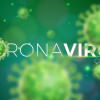
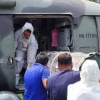
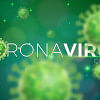
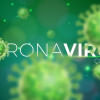
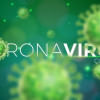


Comments